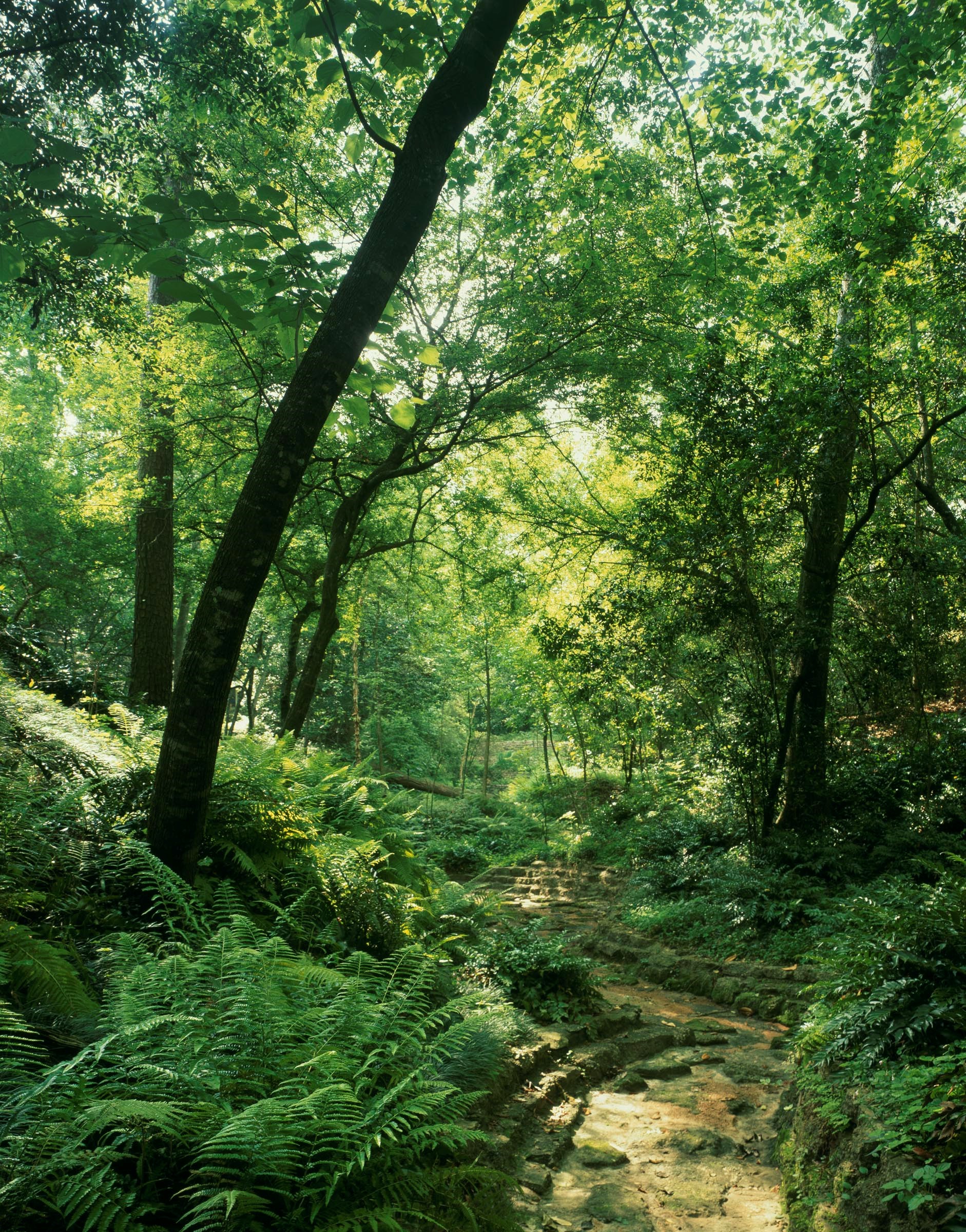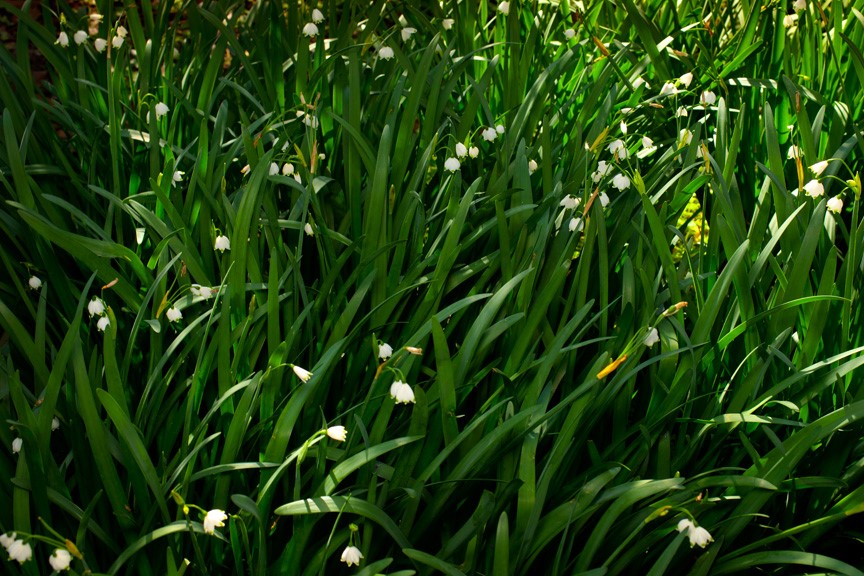After Hurricane Harvey: Landscaping Tips September 13, 2017
Bart Brechter, head of gardens and landscape operations, oversees the lawns and trees on the Museum’s main campus as well as the historic gardens at Bayou Bend and Rienzi.
Since Hurricane Harvey dumped unprecedented amounts of rain throughout the area in late August, Brechter has been hard at work caring for and restoring the Museum’s many acres of plants.
Here, he shares his expertise with home gardeners who may be struggling to ensure their own flowers, bushes, trees, and lawns are dried out and ready for fall.

Trees
Houston is going through an early fall. Deciduous trees—such as elms, sycamores, oaks, and sweet gums—are defoliating, or losing leaves, so don’t be alarmed! About 90% of trees in Houston are in the process of defoliating, which is normal right now. It’s a defense mechanism because of the stress from the storm’s extreme weather. The trees are simply preparing to grow new leaves the spring. However, if your deciduous tree is looking unwell but is not losing any leaves, then I’m sorry to say the tree is actually dying, and there’s not much you can do.
If a pine tree or other evergreen tree is losing its leaves, that’s not normal at this time of year. You have a problem you need to address at the roots with aeration (poking holes in the ground around the tree) and deep-root fertilization.

Shrubs & Flowers
If your shrubs have been through floodwaters, aerate to make sure the root system gets oxygen as soon as possible. Remove any sand or silt that was deposited, just down to the natural ground level. Then, lightly fertilize, ideally with organic fertilizer. You want your shrubs’ roots to grow a little right now.
This is going to sound odd, but we haven’t had rain since Hurricane Harvey, and the forecast looks sunny for another couple of weeks—so, with these warm, low-humidity days, be sure to water the plants after you’ve removed the debris and fertilized. Don’t overwater, as just a little bit will do.
The project I’m working the hardest on right now is caring for our many azaleas, which are truly the stars of Bayou Bend’s and Rienzi’s gardens. The azaleas have suffered from being in floodwaters because the root systems are really shallow and need a lot of oxygen. You’ll find similar issues if you have other plants with shallow roots, such as Indian hawthorns. For our azaleas, we’re aerating; using organic fertilizer and a layer of compost; mulching; then watering really well.
Unfortunately, roses don’t like to be wet, and they’re a hard plant to grow in Houston even on a normal day. If you want to try to revive your roses after the floods, treat them much the same way as shrubs: Remove any deposited silt or sand from the roots, give the roses some fertilization, and maybe you’ll get some regrowth.
If you have perennial plants, like gingers, you may see that the foliage is damaged, but don’t worry—it will likely still regrow in the spring. Simply cut off the damaged parts for now.
Lawns
If your grass is still under water, you’ll probably lose some of it and will have to dig up the dead grass to restart your lawn. However, note that a lot of local sod farms were affected, so it may be about a month before new grass is available to homeowners.
Grass that has already been drying out should be fine, since it’s very hearty. I’ve seen grass grow through 8 to 12 inches of sand, so if it’s still alive, it will find a way. Just be aware that cold temperatures at night mean prime time for diseases: Keep an eye out to make sure your grass continues to look healthy. If you have brown patches, which are caused by a fungus, you can use a mild fungicide, or try lightly sprinkling cornmeal over the area. The cornmeal acts as a fertilizer for the grass and helps your lawn’s positive fungus outgrow the harmful fungus.
Want to hear more about disaster restoration for lawns? Join Bart Brechter and historic-landscape expert Mark Laird for “In Conversation: The Historic Garden Today,” a lecture at Bayou Bend’s Kilroy Visitor and Education Center on Saturday, September 16.







